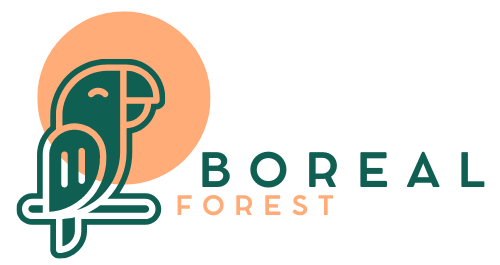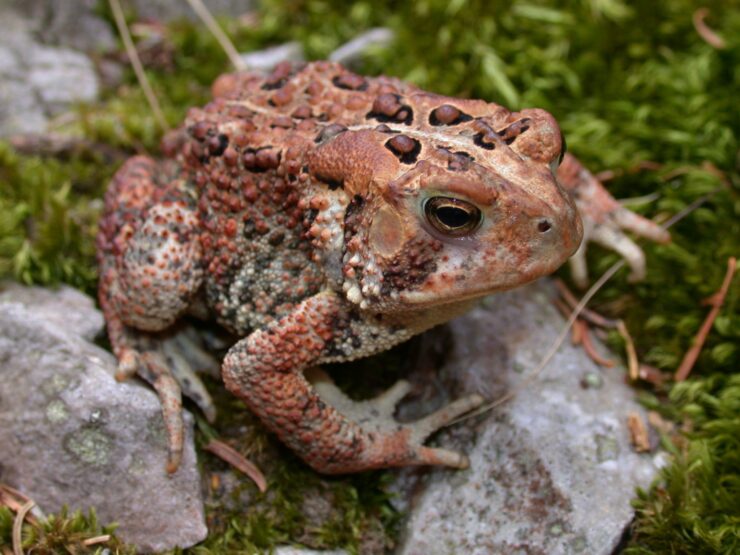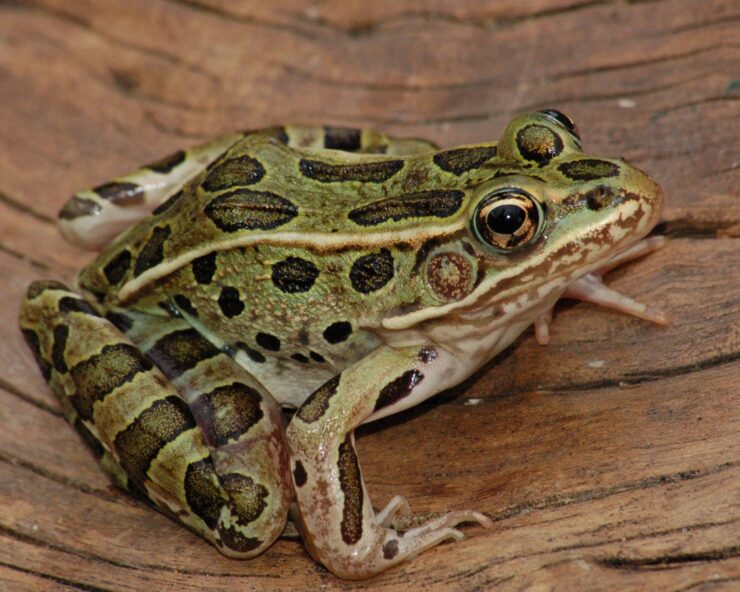Muskrat – Ondatra Zibethicus
Distinguishing Features – Overall colouration, silvery-brown to dark brown oily, waterproof fur with chestnut to hazel sides; underparts, grayish; tail flattened vertically, without fur; hind feet, partially webbed. Size Male: .48 – .6 m (1.6 – 2 ft) Female: .51 – .57 m (1.7 – 1.9 ft) Habitat Common throughout Northwestern Ontario, primarily in lakes, … Read more










